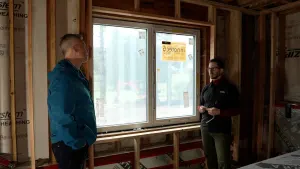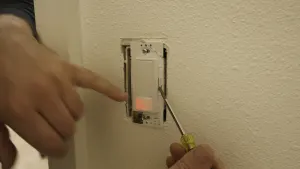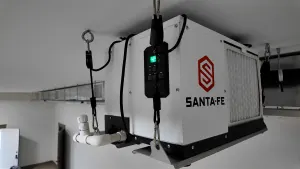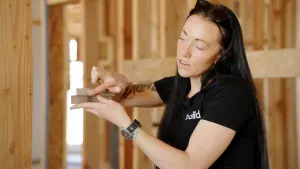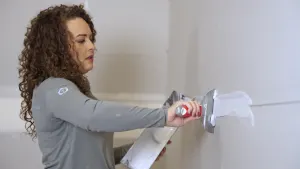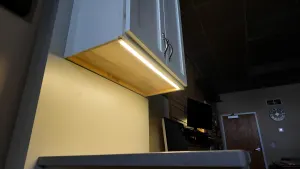Brick Veneer – Best Practice for Waterproofing behind
Question: What type of weather resistive barrier (WRB)should be used behind brick veneer?
Answer: When determining the proper WRB for behind a brick veneer the first thing to realize is that brick is not a waterproof product. In fact brick is highly porous and absorbs water readily, so it cannot and should not be depended on to stop moisture from entering a wall system. (Brick is among many materials like stucco & stone that are considered Reservoir Claddings. For more a more in depth discussion on Reservoir Claddings and Solar Drive see this article from Building Science Corporation.)
The second thing to realize is that brick gives up its moisture pretty readily. That means that it dries quickly to the outside under most conditions. The one exception is when the sun beats down on moisture laden brick. In this case solar driven moisture from the brick is pushed into the airspace behind the brick, and unless the proper WRB is in place, the wall sheathing on the other side of the air barrier can be at risk.
I recommend using a WRB with a perm rating lower than conventional house wrap. A lower perm rating means that the WRB is less likely to let moisture from the airspace behind the brick reach the wall sheathing. A product like Tyvek CommercialWrap has a perm rating of 23 to 28, as compared to regular Tyvek HomeWrap that has a perm rating of 58. The CommercialWrap makes a better choice for WRB behind a brick veneer. When I’m applying a WRB to sheathing before installing a brick veneer, I like to put on a layer of CommercialWrap and then cover that with a layer of 15 pound felt as added protection.





I also do most of my work in the hot humid south. In these parts peel-and-stick membrane can be also used as a WRB behind brick veneer. These membranes typically have a perm rating less than one. An important caveat for this application is making certain that you do not have an additional vapor barrier inside the walls of the house, which can trap moisture and cause damage inside the walls. This advice is mainly for buildings in the South and for buildings with more exposure such as this commercial building with no overhang.


Drainage detailing with brick veneer is just as important as the type of WRB material that you choose. All penetrations such as windows and doors should have through-wall flashing that is integrated into the drainage plane at the sheathing. Through-wall flashing should also be used at the base of the wall along with weep holes to let any accumulated moisture drain away safely. And finally I always install mortar net at the bottom of the air space. This mesh product is designed to catch and trap an mortar that falls while the brick veneer is being constructed to keep the weep holes free of debris.
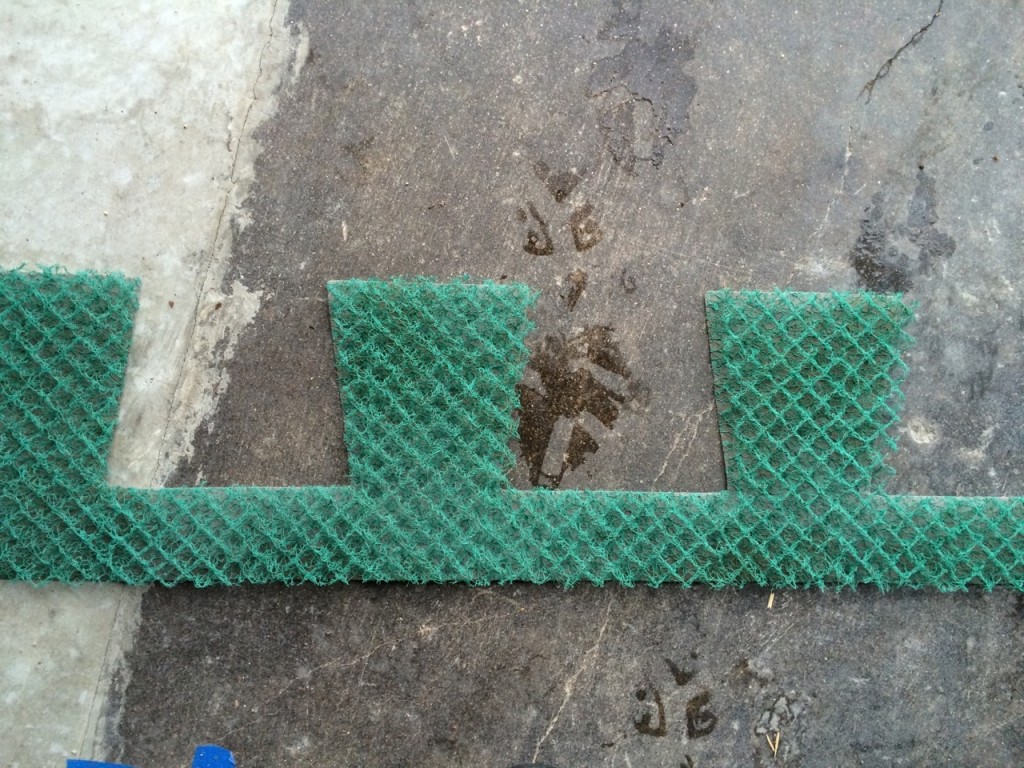

I hope this has been helpful!
Best,
Matt Risinger – Risinger Homes in Austin, TX

 Share on facebook
Share on facebook Tweet
Tweet Email
Email Share on Linkedin
Share on Linkedin






